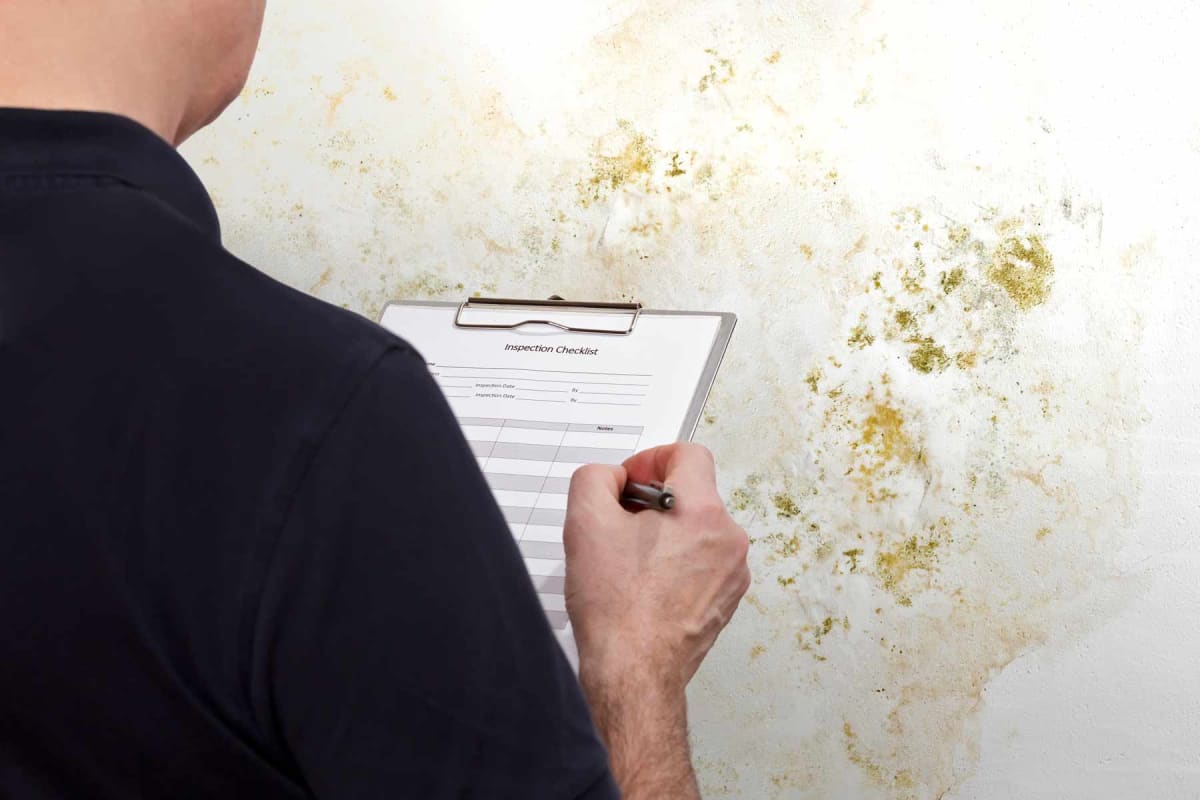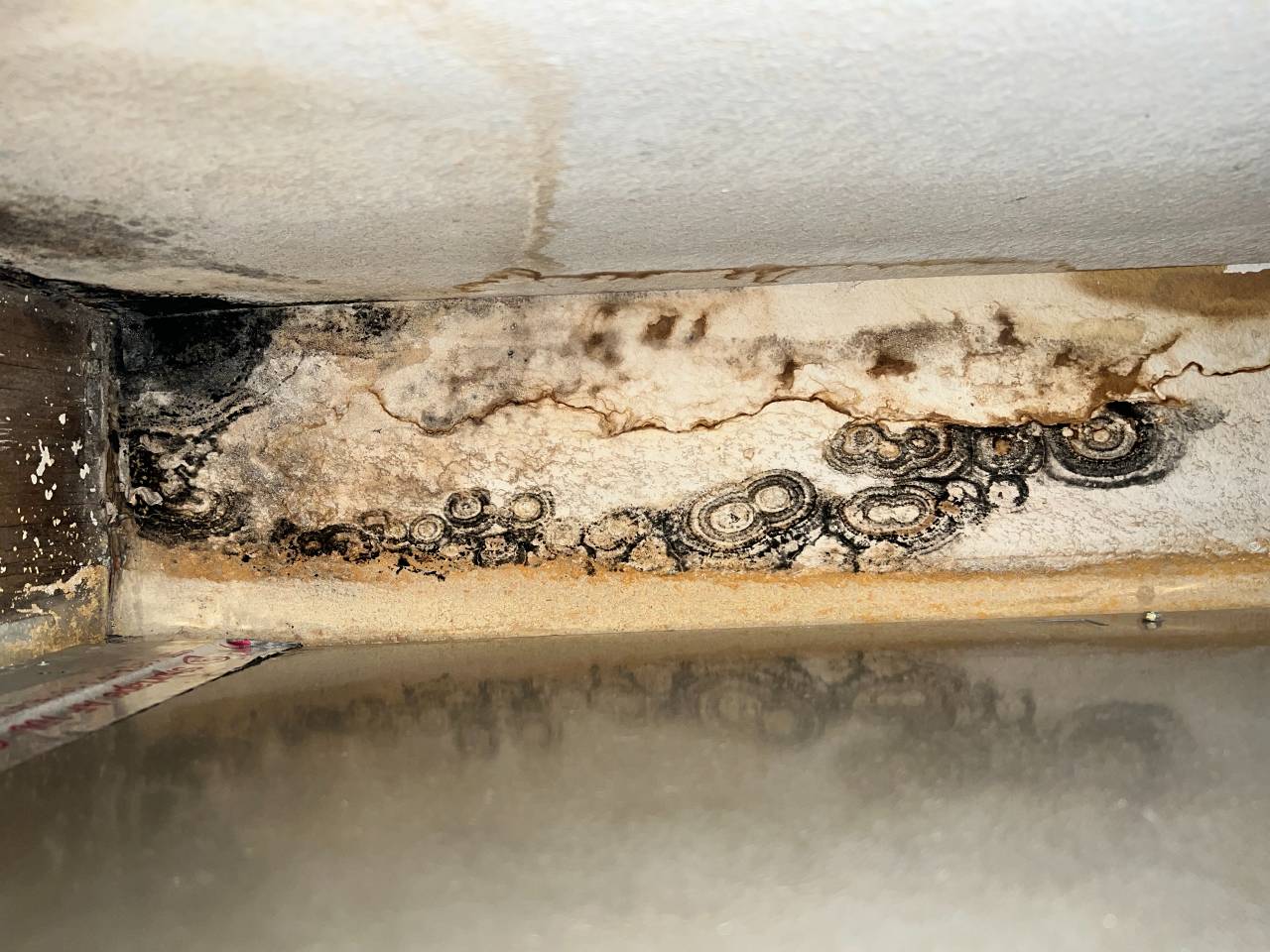Situating Post Remediation Inspection Near Me Services
Specialist Tips for Post Mold And Mildew Removal Success
In the realm of mold removal, successfully eliminating mold is just half the fight; the true challenge exists in preventing its reappearance. By adhering to skilled tips and ideal techniques, individuals can protect their rooms against mold and mildew rebirth and maintain a healthy interior setting.
Monitor Moisture Levels On A Regular Basis
Routine monitoring of humidity levels is crucial in making sure the effectiveness of message mold removal initiatives. After completing mold remediation treatments, maintaining optimal humidity levels is essential to stop mold re-growth and guarantee a healthy and balanced interior setting. Surveillance moisture levels permits very early discovery of any spikes or fluctuations that might possibly result in mold and mildew revival. High humidity degrees above 60% develop a conducive setting for mold to grow, making regular monitoring an aggressive action to stop any kind of future mold concerns - After mold remediation.
Making use of hygrometers or wetness meters can assist in accurately gauging moisture levels in different locations of the home. These tools offer real-time data that makes it possible for removal experts to make educated choices pertaining to air flow, dehumidification, and various other required activities to keep excellent moisture levels post-remediation. In addition, developing a routine schedule for humidity checks, particularly in high-risk areas such as kitchens, cellars, and restrooms, is a positive approach to mold and mildew avoidance. By regularly monitoring moisture levels, homeowner can properly alleviate the risk of mold reoccurrence and keep a healthy and balanced interior atmosphere post-remediation.
Conduct Thorough Inspections Post-Remediation
Complying with the completion of mold removal treatments, it is vital to perform extensive evaluations to validate the efficiency of the removal process. These post-remediation evaluations are vital in making certain that the mold and mildew problem has been effectively resolved which there is no reoccurrence or staying mold and mildew development. Inspections should be performed by certified professionals who have proficiency in recognizing mold and evaluating interior air quality.
Throughout these inspections, different techniques such as aesthetic assessments, air tasting, and surface area tasting might be used to completely assess the remediated areas. Aesthetic assessments entail a detailed inspection of the properties to check for any noticeable signs of mold and mildew growth or water damages. Air tasting assists in establishing the airborne mold and mildew spore degrees, while surface area sampling can spot mold and mildew fragments on surfaces.
Implement Appropriate Air Flow Techniques
After making sure the efficiency of the mold removal process with complete inspections, the next critical action is to concentrate on implementing appropriate ventilation techniques. Adequate air flow is crucial in stopping mold and mildew reoccurrence by regulating moisture levels and promoting air circulation. To achieve this, it is recommended to utilize exhaust followers in areas prone to high moisture, such as bathrooms and kitchen areas. Additionally, opening up doors and windows when weather condition allows can assist improve air movement and minimize moisture accumulation. Air dehumidifiers and purifiers are also useful tools in keeping optimum indoor air quality.
Correct air flow not just aids in stopping mold and mildew development however additionally adds to the total health and wellness and convenience of owners. By making certain sufficient air flow throughout the property, you can reduce the risk of mold and mildew regrowth and produce a much healthier living atmosphere. Regular upkeep of air flow systems, consisting of cleaning and filter replacements, is critical to maintaining efficient ventilation. Consulting with a/c professionals can give more understandings right into optimizing ventilation strategies for your details residential property demands.

Usage Mold-Resistant Materials for Fixes
To enhance the lasting effectiveness of mold and mildew remediation initiatives, integrating mold-resistant materials for fixings is essential in minimizing the risk of future mold growth. Mold-resistant materials are developed to withstand dampness and inhibit mold development, making them an essential choice for areas prone to learn the facts here now dampness and moisture. When fixing locations impacted by mold, making use of products such as mold-resistant drywall, mold-resistant paints, and mold-resistant caulking can assist prevent mold and mildew reoccurrence.
Mold-resistant drywall is an excellent alternative to standard drywall in locations like shower rooms and cellars where wetness levels are higher. This sort of drywall has an unique coating that stands up to mold growth even when revealed to damp conditions. Additionally, utilizing mold-resistant paints consisting of antimicrobial agents can additionally prevent mold and mildew growth on wall surfaces and ceilings.
In areas where moisture prevails, such as cooking areas and restrooms, utilizing mold-resistant caulking around bathtubs, sinks, and home windows can aid secure out water and stop mold and mildew from holding in fractures and crevices. By buying these mold-resistant materials during repairs post-remediation, you can significantly lower the likelihood of future mold concerns and keep a healthier interior setting.
Maintain Sanitation and Address Water Issues
Making certain sanitation and promptly he said resolving water problems are fundamental methods to maintain in securing interior spaces from mold and mildew reinfestation. After mold and mildew removal, it is important to keep a clean environment to avoid the regrowth of mold and mildew (Post Mold remediation cleaning). Regular cleansing, dusting, and vacuuming can assist eliminate any sticking around mold spores and avoid them from multiplying and working out. Additionally, maintaining indoor areas completely dry and dealing with any kind of water issues without delay is necessary in mold avoidance. Leaks, water invasion, or high humidity degrees can develop the perfect reproduction ground for mold, so it is vital to fix any type of water-related troubles instantly.
To keep sanitation, consider making use of HEPA filters in vacuums and air purifiers to trap mold look what i found spores and prevent their flow airborne. Making sure appropriate air flow in locations susceptible to moisture accumulation, such as washrooms and kitchens, can aid maintain moisture levels in check. By staying watchful about cleanliness and addressing water concerns without delay, you can successfully stop mold reinfestation and keep a healthy and balanced indoor environment.
Verdict

In the realm of mold remediation, effectively getting rid of mold and mildew is only half the battle; the true challenge lies in avoiding its reappearance. After finishing mold and mildew removal treatments, keeping optimal moisture degrees is crucial to avoid mold re-growth and make sure a healthy and balanced interior setting. High moisture degrees over 60% develop a helpful setting for mold and mildew to prosper, making normal checking an aggressive action to protect against any kind of future mold and mildew concerns.
To improve the long-lasting efficiency of mold remediation efforts, integrating mold-resistant materials for repair services is critical in minimizing the threat of future mold and mildew growth. After mold remediation, it is crucial to maintain a tidy environment to prevent the regrowth of mold.